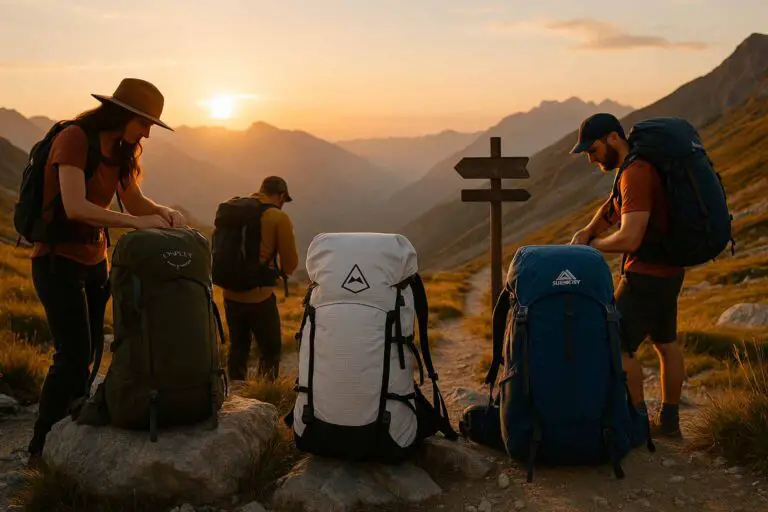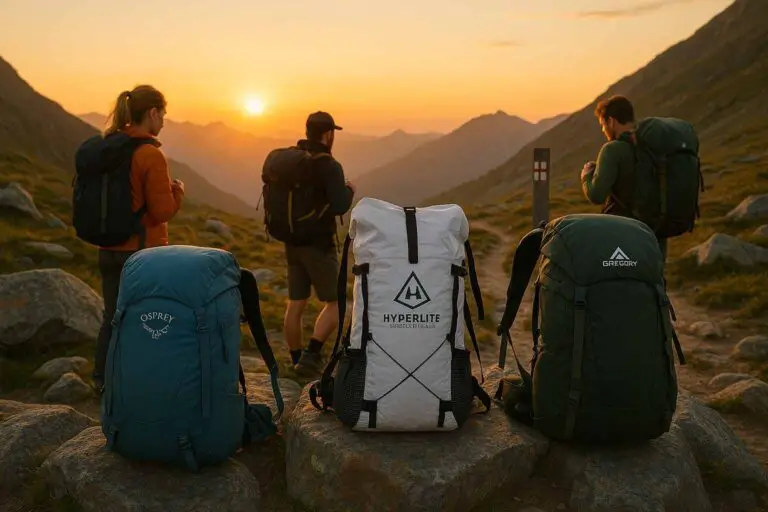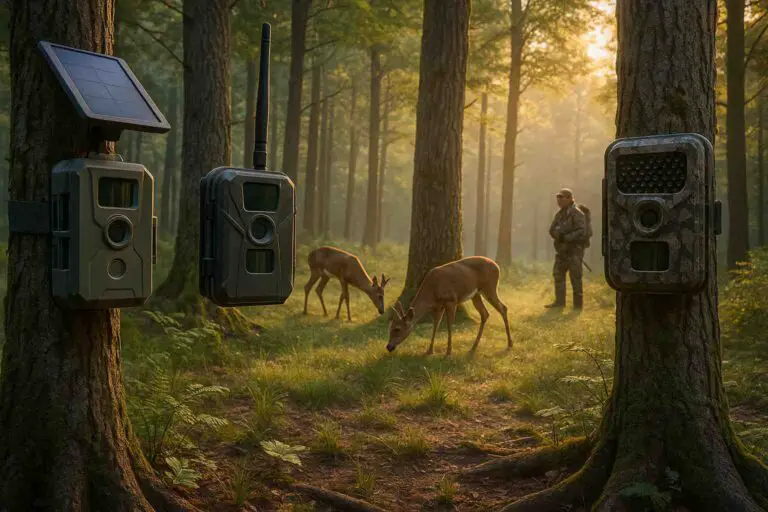When it comes to hiking in the rain, one of the most important things to consider is keeping your feet dry. Wet shoes can lead to discomfort, blisters, and even more serious injuries. But with the right gear and techniques, you can enjoy a comfortable and safe hiking experience in any weather.
In this article, I will discuss various methods for keeping your shoes dry while hiking in the rain. From choosing the right footwear to applying waterproofing treatments, I’ll cover everything you need to know to keep your feet dry and comfortable on your next rainy-day hike.
Choose the right footwear
Choosing the right footwear is crucial when it comes to keeping your shoes dry while hiking in the rain. Here are some tips to help you select the appropriate shoes or boots for your rainy-day hike:
- Waterproof shoes or boots: The most important feature to look for in your footwear is waterproofing. Choose shoes or boots made from materials such as Gore-Tex, which are designed to keep water out while still allowing your feet to breathe.
- High ankle support: Another important feature to consider is ankle support. Shoes or boots with high ankle support will help to keep water from seeping in from the top of your footwear.
- Traction: Make sure your shoes have good traction on wet and slippery surfaces. Look for shoes or boots with a good sole grip to prevent slipping and sliding on wet trails.
- Proper fit: Ensure that your shoes fit properly. Shoes that are too tight can restrict blood flow, while shoes that are too loose can cause blisters or let water seep in. Make sure you have enough room to wear appropriate socks.
Wear appropriate socks
Wearing appropriate socks is just as important as choosing the right footwear for keeping your shoes dry while hiking in the rain. Here are some tips to help you select the right socks:
- Material: Look for socks made from synthetic or wool materials instead of cotton. Cotton socks will retain moisture, making your feet damp and increasing your risk of blisters. Synthetic or wool socks wick away moisture, keeping your feet dry and comfortable.
- Height: Choose socks that are taller than your shoes or boots to provide an additional barrier against rainwater. Over-the-calf socks are ideal for this purpose.
- Thickness: Look for socks that are thick enough to provide cushioning and protection from rubbing and blisters, but not so thick that they become waterlogged and heavy.
- Bring extra pairs: Even with the best socks, your feet can still get wet while hiking in the rain. Bring extra pairs of socks in a waterproof bag to change into if needed.
Apply waterproofing treatment
Another effective method for keeping your shoes dry while hiking in the rain is to apply a waterproofing treatment. Here’s how to apply waterproofing treatment to your shoes:
- Clean your shoes: Use a brush or damp cloth to remove any dirt, mud, or debris from your shoes before applying the treatment. This will ensure that the waterproofing spray adheres properly.
- Choose a waterproofing product: There are various waterproofing products available, including sprays, creams, and wax-based treatments. Choose a product that is appropriate for the material of your shoes or boots.
- Apply the treatment: Follow the instructions on the product to apply the treatment to your shoes. Usually, it involves spraying the product onto your shoes and allowing it to dry completely before wearing them.
- Reapply regularly: Waterproofing treatments can wear off over time, especially if you’re hiking in wet conditions frequently. It’s a good idea to reapply the treatment regularly to ensure that your shoes remain waterproof.
Use gaiters
Using gaiters is another effective way to keep your shoes dry while hiking in the rain. Here’s how to use gaiters:
- Choose the right gaiters: There are different types of gaiters available, including ankle gaiters, mid-calf gaiters, and knee-high gaiters. Choose the type of gaiter that’s appropriate for the type of hiking you’ll be doing and the level of protection you need.
- Put on your shoes: Make sure your shoes or boots are on before putting on your gaiters.
- Fit the gaiters: Adjust the gaiters so that they fit snugly around your ankles, calves, or knees depending on the type of gaiter you’re using.
- Secure the gaiters: Use the straps or Velcro on the gaiters to secure them in place. This will help prevent water from getting inside your shoes or boots.
Avoid puddles and water crossings
Avoiding puddles and water crossings is an effective way to keep your shoes dry while hiking in the rain. Here are some tips to help you avoid getting your shoes wet:
- Plan your route: Check the weather forecast and plan your route accordingly. Try to avoid trails that are known to be particularly wet or prone to flooding.
- Use rocks or logs: If you encounter a small stream or puddle, try to cross it by stepping on rocks or logs instead of wading through the water.
- Find a dry route: If you can’t avoid a water crossing, try to find a route that’s drier. Look for shallower areas or spots where the water is flowing more slowly.
- Take your time: When crossing water, take your time and be careful. Rushing through can cause you to slip and fall, getting your shoes and socks wet.
Plan for breaks and shelter
Planning for breaks and shelter is an important part of keeping your shoes dry while hiking in the rain. Here’s what you should do:
- Plan for breaks: Take breaks often to rest, rehydrate, and dry off. Find a sheltered spot to take your break, such as under a tree or in a covered area.
- Bring a waterproof bag or cover: If you’re carrying a backpack, make sure it has a waterproof cover, or pack your items in waterproof bags. This will prevent your gear from getting wet, which can lead to cold and discomfort during your break.
- Bring extra clothing: Bring extra clothing, such as a rain jacket and dry socks, to change into during your breaks. This will help keep you warm and dry, reducing the risk of hypothermia.
- Plan for shelter: If you’re planning on hiking in the rain, consider staying in a sheltered area, such as a cabin or hostel, overnight. This will allow you to dry off and rest in a warm and comfortable environment.
Conclusion
In conclusion, keeping your shoes dry while hiking in the rain is crucial for a comfortable and safe hiking experience. Choosing the right footwear, wearing appropriate socks, applying a waterproofing treatment, using gaiters, avoiding puddles and water crossings, and planning for breaks and shelter are all effective methods for keeping your shoes dry.
By taking these steps, you’ll reduce your risk of blisters, injuries, and discomfort, allowing you to enjoy your hike regardless of the weather. Remember to always be prepared and stay safe on your next rainy day hike.








